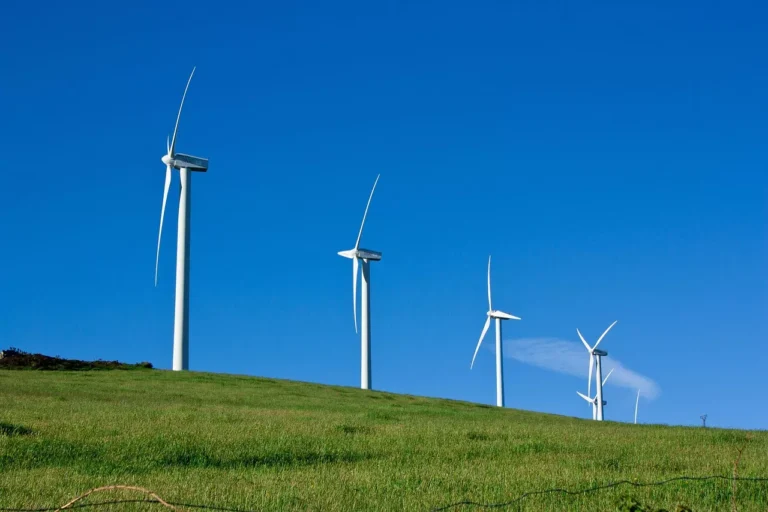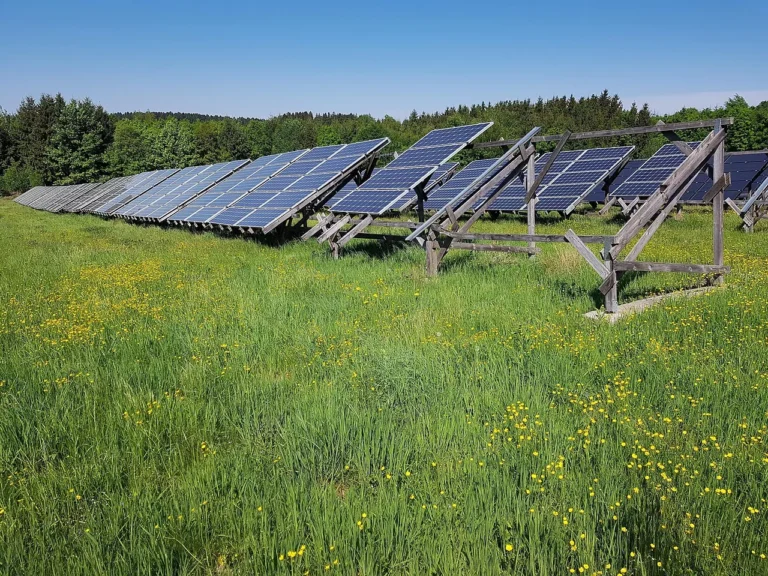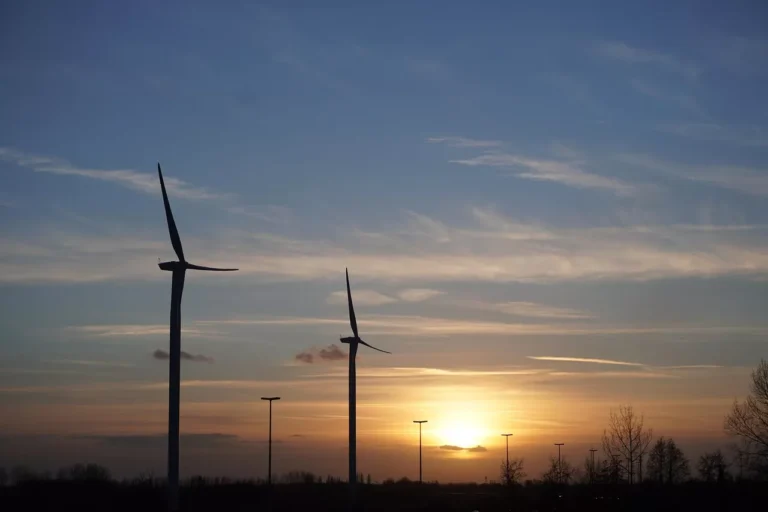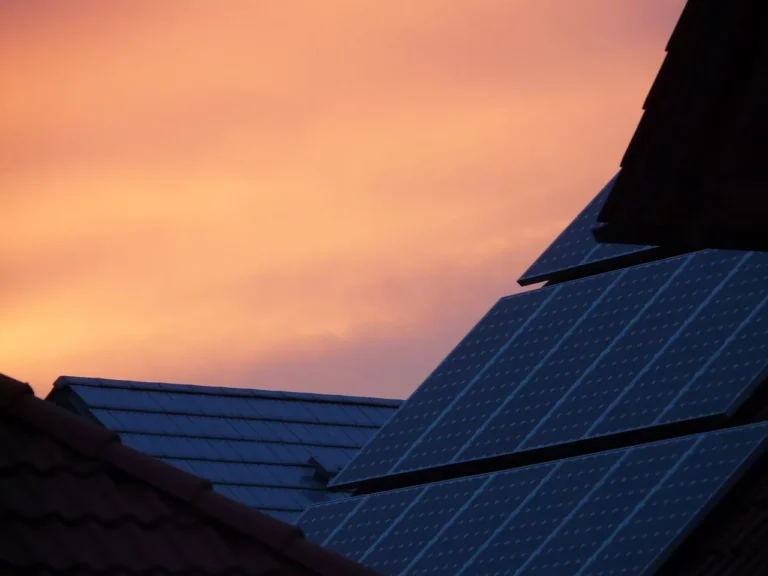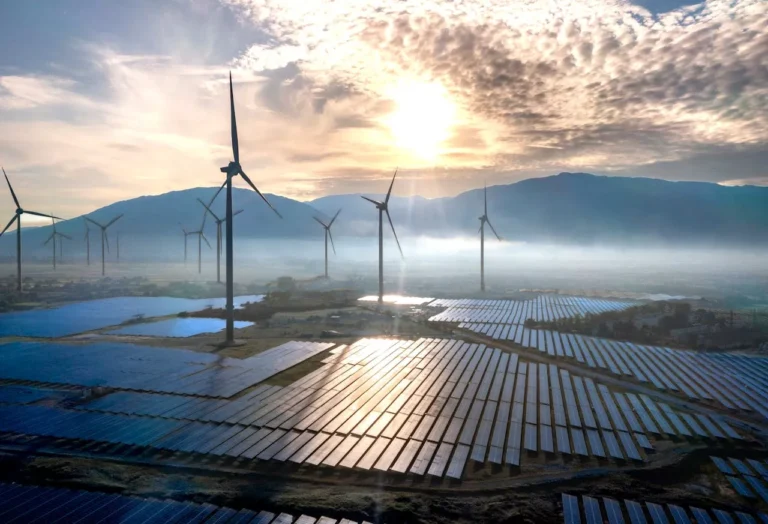
Iberdrola Secures €4.1 Billion Green Financing for East Anglia Three Offshore Wind Farm
In a significant boost to Europe’s clean energy ambitions, Iberdrola has successfully secured €4.1 billion (£3.6 billion) in green financing for the development of its East Anglia Three offshore wind farm. The deal stands out not only for its size but also for the collaboration it showcases between international financial institutions and energy sector stakeholders committed to a sustainable future.
A Landmark Financing Agreement
The green financing agreement has been signed with a consortium of 23 prominent banks along with the Danish Export Credit Agency (EIFO). The participating financial institutions include: BBVA, HSBC, ING, NatWest, SMBC, MUFG, Bank of China, Crédit Agricole, CaixaBank, Santander, BNP Paribas, Helaba, Barclays, ANZ, Rabobank, FAB, ICO, Abanca, Kutxabank, Standard Chartered Bank, Bank of Ireland, and CID. Crédit Agricole CIB and MUFG served as financial advisors on the transaction, while legal counsel was provided by Allen & Overy.
Notably, the financing round was 40% oversubscribed—an indication of robust investor confidence in the project’s fundamentals and long-term viability. The transaction is among the largest project finance deals in the global renewable energy space and will account for a substantial portion of the total capital expenditure estimated at approximately €5.2 billion.
Structure and Scope of the Financing
This funding is structured under a green project finance model. In this structure, the loan repayment is secured through the project’s future revenue streams. Specifically, cash flows generated from selling power once the wind farm becomes operational will serve as the basis for loan repayments. This structure aligns with the principles of sustainability and risk-sharing typical of large-scale renewable energy investments.
The financing package comprises senior debt covering roughly 70% of the total investment, while the remaining 30% will be contributed as equity by the project’s shareholders. The senior debt is supported by long-term revenue certainty mechanisms—most notably, Contracts for Difference (CfDs) awarded by the UK government and a corporate Power Purchase Agreement (PPA) signed with Amazon in 2024. Together, these agreements provide long-term price stability and revenue visibility, enhancing the bankability of the project.
Bridge financing has already been extended by MUFG and Crédit Agricole to support the initial stages of construction, underscoring the strategic importance of early financial backing for timely project execution.
Project Construction and Development Timeline
The funds raised through this financing will be used to cover the full spectrum of construction and development costs. This includes the procurement and installation of 95 Siemens Gamesa wind turbines (each with a capacity of 14.7 MW), onshore and offshore substations, subsea and land-based electrical cabling, and high-voltage direct current (HVDC) converter stations.
In addition to hardware and infrastructure, the financing will cover pre-operational costs related to maintenance and operations until the project reaches commercial operation. According to Iberdrola’s schedule, East Anglia Three is expected to begin operations in the fourth quarter of 2026.
Strategic Partnerships and Equity Investment
The project’s significance is further elevated by a recent strategic alliance between Iberdrola and Masdar, the Abu Dhabi-based renewable energy powerhouse. The two companies have agreed to co-invest in the East Anglia Three wind farm, each holding a 50% equity stake. This joint venture marks Iberdrola’s largest offshore wind partnership to date and the largest offshore wind transaction globally in the past decade.
Subject to standard regulatory approvals, the partnership represents a milestone in cross-border cooperation on clean energy infrastructure. It aligns with the broader European strategy to accelerate the deployment of offshore wind as a key pillar of its energy transition and climate action goals.
Environmental and Economic Impact
East Anglia Three will be situated 69 kilometers off the Suffolk coast in the North Sea. With an installed capacity of 1,400 MW, it will be one of the most powerful offshore wind farms in Europe. Once operational, the project is expected to supply clean, renewable electricity to more than 1.3 million homes across the United Kingdom.
The environmental benefits are significant. By replacing fossil-fuel-based electricity generation with wind energy, the wind farm will help avoid millions of tonnes of carbon dioxide emissions over its operational life. This directly supports the UK’s legally binding commitment to reach net-zero greenhouse gas emissions by 2050.
Furthermore, the project is expected to stimulate regional economic development. It will generate thousands of jobs throughout the planning, construction, and operational phases—many of them in engineering, manufacturing, and logistics. The wind farm will also drive demand across the renewable energy supply chain, benefiting local contractors, component manufacturers, and service providers.
Strengthening Iberdrola’s Offshore Wind Portfolio
The East Anglia Three project is part of Iberdrola’s larger East Anglia Hub initiative, which aims to develop 3,300 MW of offshore wind capacity in UK waters. The Hub includes East Anglia One (already operational), East Anglia Three (under construction), and future phases such as East Anglia One North and East Anglia Two, which are currently in various stages of planning and approval.
With this green financing agreement, Iberdrola continues to solidify its role as one of the global leaders in renewable energy development. The company has made offshore wind one of its strategic pillars, investing billions of euros across the UK, the U.S., Germany, France, and other key markets. Iberdrola’s global offshore wind pipeline currently exceeds 38,000 MW.
Green Finance: A Growing Trend
The East Anglia Three financing marks another major milestone in the rapid growth of green finance instruments. Banks and institutional investors are increasingly aligning their portfolios with environmental, social, and governance (ESG) principles, and green project finance offers them a structured way to participate in the energy transition.
The success of this transaction demonstrates that well-structured green projects—particularly those with long-term contractual revenue streams—can attract deep and diverse pools of capital. For energy companies, it provides a cost-effective way to fund large-scale infrastructure while meeting sustainability objectives and shareholder expectations.





